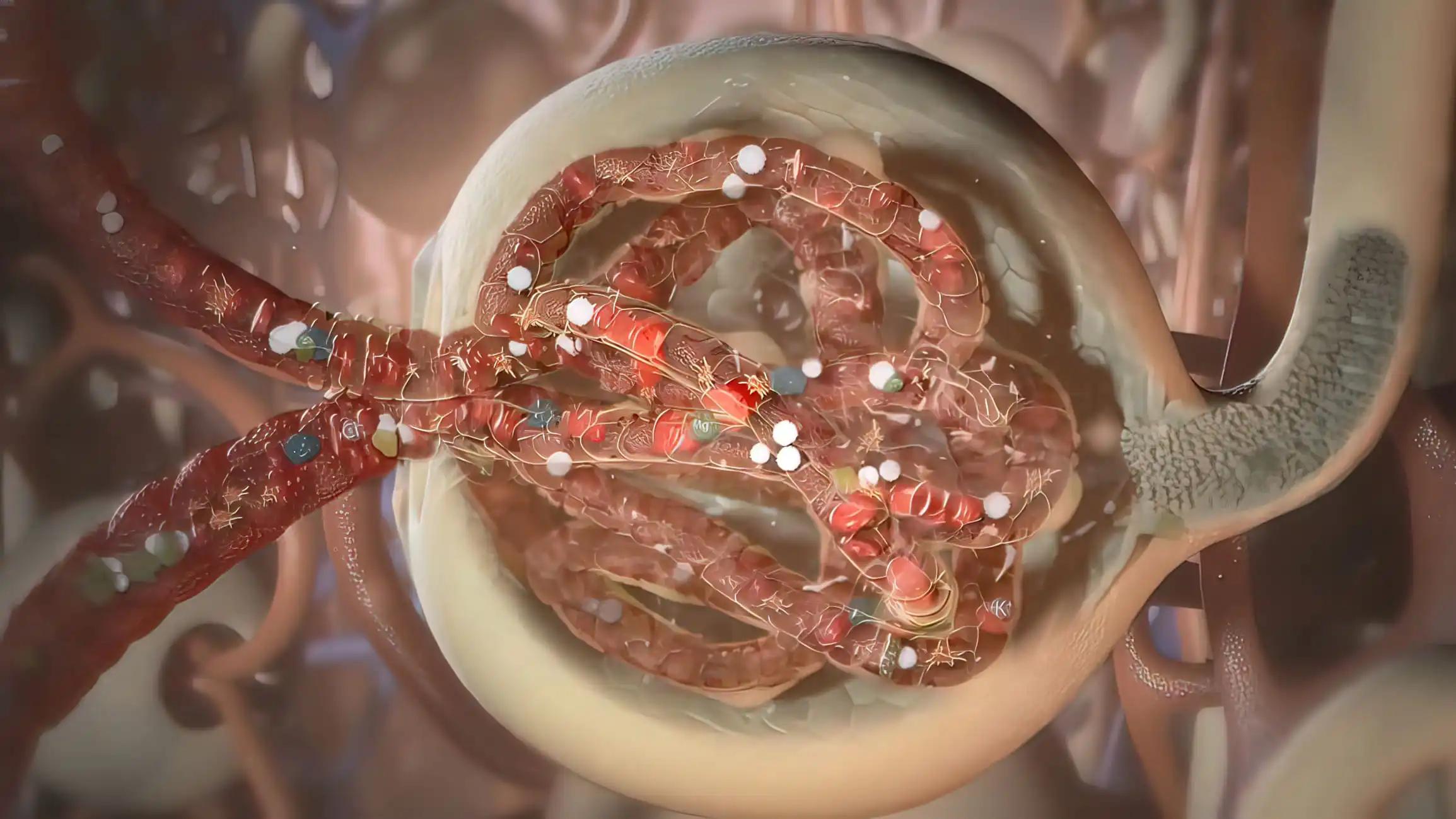KEY TAKEAWAYS
- A phase 3 study performed a comparative analysis using PS-weighted analysis with IPD to compare OS between tebe or pembro and ipi+nivo in mUM patients.
- Two analyses were conducted: an initial match-adjusted indirect comparison and a PS analysis.
- The inverse probability of treatment weights was generated using PS derived from a logistic regression model to account for variations in patient characteristics.
- Tebe showed a significantly favorable outcome over ipi+nivo in MAIC and PS analysis, with a hazard ratio (HR) of 0.51 and 0.43, respectively.
- Tebentafusp shows superior OS benefit in untreated mUM compared to pembrolizumab or ipilimumab/nivolumab combo, supporting its use as standard care.
The Phase 3 trial conducted on untreated metastatic uveal melanoma (mUM) patients revealed that Tebentafusp (tebe) exhibited a significant overall survival (OS) benefit with an HR of 0.51 as compared to investigator choice (IC). Pembrolizumab (pembro) was administered in 82% of the interventional cohort, while ipilimumab + nivolumab (ipi + nivo) did not undergo investigation. The one-year overall survival rates for Tebe and Pembro were 73% and 59%, respectively. Meanwhile, the one-year overall survival rate for Ipi + Nivo in GEM-1402 was 52%. We performed a comparative analysis of overall survival (OS) between tebe or pembro (IMCgp100-202) and ipi+nivo (GEM-1402) in untreated metastatic uveal melanoma (mUM) using propensity score (PS) weighted analysis with individual patient data (IPD). Two analyses were performed, including an initial match-adjusted indirect comparison (MAIC) of tebe or pembro with ipi+nivo and a PS analysis of tebe with ipi+nivo. Inverse probability of treatment weights (IPTW) were generated using PS derived from a logistic regression model to account for variations in patient characteristics. Weighted Cox models and Kaplan-Meier curves were utilized to compare OS. The primary analysis was conducted using complete case methodology with ATT (average treatment effect of the treated) weights. The sensitivity analyses incorporated alternative methods for handling missing data and weighting.
The MAICs preferred tebe over ipi+nivo, exhibiting a hazard ratio of 0.51 and a 95% confidence interval of 0.32-0.79. Conversely, there was no significant contrast between pembro and ipi+nivo, with a hazard ratio of 0.74 and a 95% confidence interval of 0.45-1.21. The primary inverse probability of treatment weighting (IPTW) analysis comprised 237 individuals with tebe and 45 with ipi + nivo. The fundamental covariates, such as LDH, ALP, and ECOG, were evenly distributed among the treatments, albeit with some variations in the location of the disease. Following IPT weighting, there was an equitable distribution of essential baseline characteristics. The inverse probability of treatment weighting (IPTW) adjusted overall survival (OS) showed a favorable outcome for tebe with a hazard ratio (HR) of 0.43 (95% confidence interval [CI] 0.29-0.64). The one-year OS was 74% for tebe compared to 50% for the alternative treatment. The sensitivity analyses revealed a consistently superior overall survival for tebe, as indicated by all inverse probability of treatment weighting hazard ratios being less than 0.48. A presentation on the analysis of IPTW comparing pembro versus ipi + nivo based on full individual participant data will be given. Tebentafusp has been observed to exhibit an overall survival benefit in previously untreated metastatic uveal melanoma against an immunotherapy control arm that primarily consisted of pembrolizumab. Compared to ipilimumab and nivolumab, a comparative analysis of patient-level propensity reveals that tebentafusp confers a similarly robust overall survival advantage. The aforementioned data provide evidence for the primary administration of tebentafusp in HLA-A*0201+ mUM patients who have not received prior treatment as the established norm for medical practice.
Source: https://oncologypro.esmo.org/meeting-resources/esmo-congress/a-propensity-score-weighted-comparison-of-tebentafusp-or-pembrolizumab-versus-combination-ipilimumab-and-nivolumab-in-untreated-metastatic-uveal-me
Clinical Trail: https://clinicaltrials.gov/ct2/show/NCT01992952
J.M. Piulats Rodriguez, S. Piperno-Neumann, P. Rutkowski, P. Nathan, J.C. Hassel5, E. Espinosa, L. de la Cruz Merino, S. Ochsenreither, A.N. Shoushtari, M. Orloff, A.K.S. Salama, C. Watkins, H. Goodall, J. Baurain/A propensity score weighted comparison of tebentafusp or pembrolizumab versus combination ipilimumab and nivolumab in untreated metastatic uveal melanoma/Annals of Oncology (2022) 33 (suppl_7): S356-S409. 10.1016/annonc/annonc1059



